THE INVISIBLE MISTAKE
That’s Quietly “Stealing” $10,000 per Month From You
(And… how an Olympic legend’s crooked spine inspired a 90-second fix)
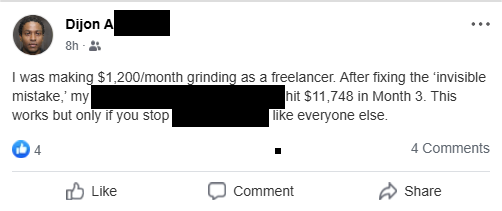
He ran wrong.
He was a misfit.
That’s what they said.
Crooked spine. Imbalanced stride. Too much torque.
But he didn’t fix it.
He built around it.
And broke world records.
The “flaw” they wanted him to fix became the force that made him unstoppable.
It made him a multi-millionaire.
And…
This same “flaw” can make you $10,000 every month, because…
If you’re reading this, you’re a misfit too.
Not on the track – but in the corporate world.
You and I don’t quite fit the mold.
We think differently. Work differently. Relate differently.
But they don’t like that.
They want us to conform.
So they give us two options:
1: Stay in your job. Squeeze yourself into the mold. Nod in meetings. Play the game.
2: Build a business that devours your time, sanity, and stability.
Fit in or burn out.
Sanity or success. Never both.
But that’s a lie.
And it will cost you $10,000 in the next 30 days!
So, I’ll show you how to fix it in just 90 seconds.
No catch. No charge.
Why? Because I’m also a corporate misfit, just like you, and I want to spread the word about a third option that gives us freedom and predictability, without burnout or sacrifice.
You will discover why an Olympic legend’s “flaw” became his secret weapon, and how this same weapon can generate $10,000/month in predictable income for you.
I’ll also reveal proof from Google’s DeepMind Lab.
If you’ve always felt like you don’t fit the system…
It’s because you weren’t meant to.
Now it’s time to build around your misfit edge, and make it unstoppable.
My Breaking Point (Real Story)
I spilled milk on my laptop the same morning my boss emailed me: “Need you in before 11.”
It was already 9:15 a.m.
I wiped the milk off with my son’s pajama shirt:… and barely made it in time, but…
Something in me cracked.

It wasn’t just my boss’s chaos.
It was the pretending.
Pretending the politics didn’t drain me.
Pretending I wasn’t becoming someone my daughter barely recognized.
One night she asked me, “Why do you always look angry when you’re home?”
I didn’t quit that day, but something inside me did.
Three months later, my daughter stopped asking me to read bedtime stories because she knew I’d always say, ‘maybe tomorrow.’
That’s when I decided that I couldn’t continue living like that.
I finally walked out for the last time.
I thought escaping the 9 – 5 would save me. Instead, I just traded one prison for another. The bars were invisible now, but they were still there:
- Clients vanished without warning
- Income swung like a wrecking ball
- And every proposal felt like polished begging.
I was working longer hours… for less peace.
I remember staring at my laptop at 2:03 a.m., rewriting a pitch for a client who ghosted me the next day.
My daughter’s birthday was that weekend.
I missed it because I was chasing another ‘maybe. 🙁
I thought I was out of options.
But then, by total accident… I stumbled on something.
It was radically different from freelancing.
No pitching. No politics. No pretending.
Instead: Steady income. Sanity. Freedom.
I call it Plan C.
Most people never find it because they’re still chasing prompts, and…
And still believing a lie about what AI can do.
I’m here to change that.
The Big Lie: “ChatGPT Is Smarter Than You”
(Please note that whatever I say about AI or ChatGPT, applies to all LLMs: DeepSeek, Gemini, Claude, Grok, etc..)
We’ve been told that ChatGPT and other LLMs (i.e. large language models) are smarter than humans.
That’s a lie!
There’s lots of scientific research to back this up.
For instance, research from Google DeepMind reveals something shocking: LLMs can’t even correct their own mistakes without supervision – a task any six-year-old does naturally. [Source: A. Kumar et al., Training Language Models to Self-Correct, 2024] |
And here’s why it matters: the lie is costing you real money.
When you believe LLMs are smarter, you stop leading and start following.
You hunt for better prompts, better tools, better answers…
While your income remains stagnant, instead of scaling to $10,000 per month. (More on that shortly.)
Here’s what no one is telling you:
The most powerful AIs on the planet aren’t superbrains.
They’re hyper-specialists.

- Deep Blue beat a world chess champion, but can’t write an email or recognize a stop sign.
- Self-driving AIs can navigate roads and recognize pedestrians, but can’t diagnose a fever or recognize sarcasm.
The biggest players in AI are aware of this.
That’s why OpenAI didn’t stretch ChatGPT to do everything.
They built separate tools instead:
- DALL·E for images
- Sora for video
- Whisper for audio
Because the truth is: no single LLM can do it all.
So… ChatGPT is not your genius partner.
It’s just your fast-but-blind assistant.
It’s just a glorified autocomplete, because…
ChatGPT doesn’t think. It predicts.
However, prediction has limits.
And… this limitation is a very big deal, especially when it comes to Youtube.
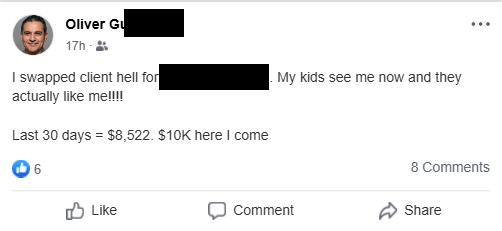
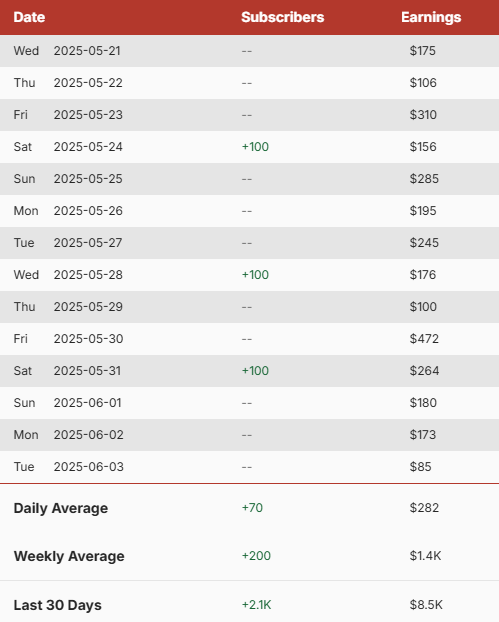
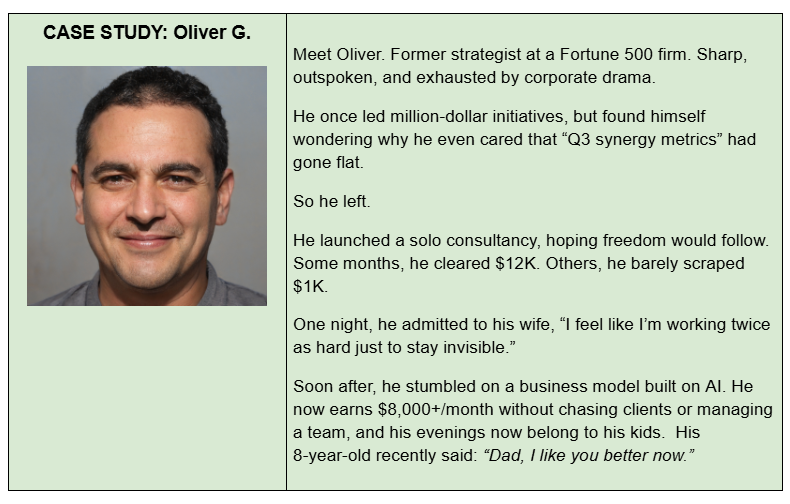
The Fatal Flaw in Using LLM Scripts For Youtube
The YouTube Partner Program (YPP) is the perfect vehicle for earning predictable income without a 9–5 or traditional business.
That’s why faceless channels and AI-powered automation are exploding.
Top creators already use tools like:
- Midjourney for thumbnails
- ElevenLabs for voiceovers
- InVideo for editing
So why are most AI YouTube channels still flopping?
It’s not the tools.
It’s the scripts.
Most creators default to ChatGPT for scripting, and that’s where everything quietly collapses, because…
Great scripts aren’t symmetrical.
However, LLMs are.
ChatGPT was trained to be consistent… to complete your sentences, smooth out bumps, and avoid surprises.
But surprises are exactly what keep people watching YouTube videos.
That’s why videos scripted by ChatGPT feel flat.
They’re too clean. Too even. Too “perfect.”
The result is a video that launches like a rocket but stalls mid-air.
No arc. No impact. Just a slow, silent drift into irrelevance.
It gets worse.
Why ChatGPT Scripts Flop — Every Time
A 2025 study presented at the International Conference on Learning Representations (ICLR) found that even advanced LLMs fail at basic tasks like reading clocks or tracking time. [Source: R. Saxena et al., Lost in Time, ICLR 2025] |
If ChatGPT can’t track time
How can it understand timing, a critical skill in scripting?

For elite scripting, timing isn’t a detail. It’s the core.
If LLMs can’t understand timing…
- How can they create urgency?
- How can they anticipate attention drop-off?
- How can they build tension over time?
They can’t.
And I’m guessing no one has told you that before.
ChatGPT doesn’t know what it means to hold breath at 0:41 or rewind at 1:22.
It doesn’t feel fear. Or joy. Or anticipation.
It doesn’t know why a message works; it just guesses what sounds normal.
That’s another BIG problem!
YouTube doesn’t want normal. It wants unusual. Surprising. Addictive.
But LLMs are built to smooth things out, not sharpen them.
That’s why ChatGPT scripts feel:
- Polite
- Predictable
- Like a gifted 10th grader trying hard to be helpful
No edge. No pacing. No pulse.
Because LLMs are trained to sound plausible, but…
Plausible doesn’t make your content binge-worthy.
So, what happens?
Viewers click. Glance. Bail.
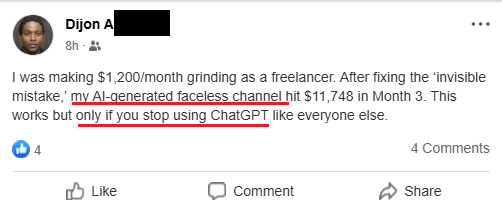
Using ChatGPT for high-stakes scripting is like using a calculator to perform surgery.
Wrong tool. Predictable failure.
That’s the Invisible Mistake killing your engagement and your income.
You won’t cross $2K/month if you’re scripting with the wrong tool.
Even ChatGPT knows it is not good enough, and I’ll show you how to make it confess.
The Bad News? You can’t fix this with better prompts because it’s not a prompting problem.
It’s a brain problem.
The Good News?
- 00Days
- 00Hours
- 00Mins
- 00Secs
There is a fix. One grounded in neuroscience and proven to hijack human attention.
And it all starts with a human body – the fastest one ever recorded.
How the World’s Fastest Man Cracked the Code on Retention
Usain Bolt wasn’t built like a typical sprinter.
His right leg reached 13% farther. His left foot pushed 14% harder. Biomechanically, he was flawed and off-balance.
This imbalance should have been a weakness. Instead, it became his edge.
His uneven stride created unpredictable bursts of speed that confused opponents, thrilled crowds, and shattered world records. The asymmetry that “should have” slowed him down made him unstoppable.
It was so interesting that the New York Times published an article about it (see below).
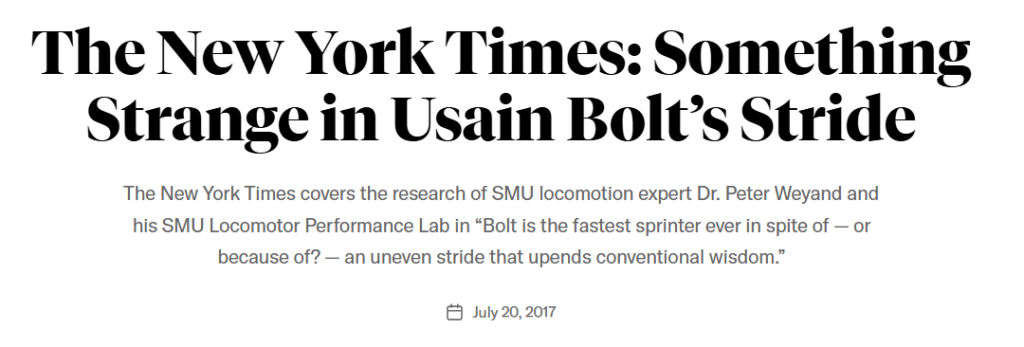
What does this have to do with earning $10K/month?
Everything.
Because… on YouTube, where attention is currency, this same imbalance that made Bolt unstoppable is what separates viral hits from forgettable flops.
However, most people try to create YouTube videos like “perfect symmetrical machines”, smooth, polished, predictable.
That’s the mistake. Symmetry is easy to ignore. Predictability kills retention.
What keeps people watching isn’t balance. It’s imbalance.
The same biological pull that made you lean forward during Bolt’s final stretch is what makes audiences binge entire YouTube playlists.
This isn’t just a metaphor. It’s a formula.
It’s called Asymmetric Sequencing: a narrative sequence that mirrors Bolt’s stride to hijack human attention.
Here’s how it works:
- Left “Stride” = Tension (triggers stress response)
“This mistake wasted 427 hours of my life…” - Right “Stride” = Resolution (releases reward chemicals)
“…until my brother’s neighbor fixed it in 3 minutes using a napkin.”
Asymmetric Sequencing (ASeq) deliberately breaks rhythm to spark attention. It creates chemical tension in the brain, then rewards viewers with just enough release to keep them hooked.
The top 0.1% of YouTube creators use this exact pattern, because…
They know something ChatGPT doesn’t:
Think about the last time you meant to watch ‘just one’ YouTube video…
Then looked up to realize an hour had vanished.
That wasn’t an accident. That was ASeq in action.
Someone used the same asymmetry that made Bolt a legend to steal your attention and convert it into their paycheck, because…
This ASeq concept is based on scientific research.
A 2016 study analyzed thousands of narratives and found that emotional arcs with rising tension followed by resolution are more engaging and memorable than smooth, symmetrical stories.
(Source: Reagan et al., The Emotional Arcs of Stories, 2016)
The 90- Second Fix
In the short (6 min) video below, I’ll walk you through a simple 90-second ASeq hack that upgrades any ChatGPT script using just one asymmetrical tweak.
Then I’ll get ChatGPT to make an almighty confession right before your eyes!
Watch the demo below:
Even this basic version of ASeq crushes default ChatGPT output, because it replaces artificial smoothness with deliberate narrative tension.
However, this is just the tip of the iceberg. It sets the foundation for an even better solution.
The Hidden Loop Behind Asymmetric Sequencing
The best YouTubers aren’t winging it.
MrBeast. Faceless AI channels. Wildly different styles, but all follow the same hidden rhythm.
I call it the Synaptic Sprint.
Not because I invented it, but because the structure mirrors how the brain becomes addicted to content:
- A spark of curiosity
- A surge of uneven emotional pacing, and finally…
- A satisfying payoff that seals it into memory
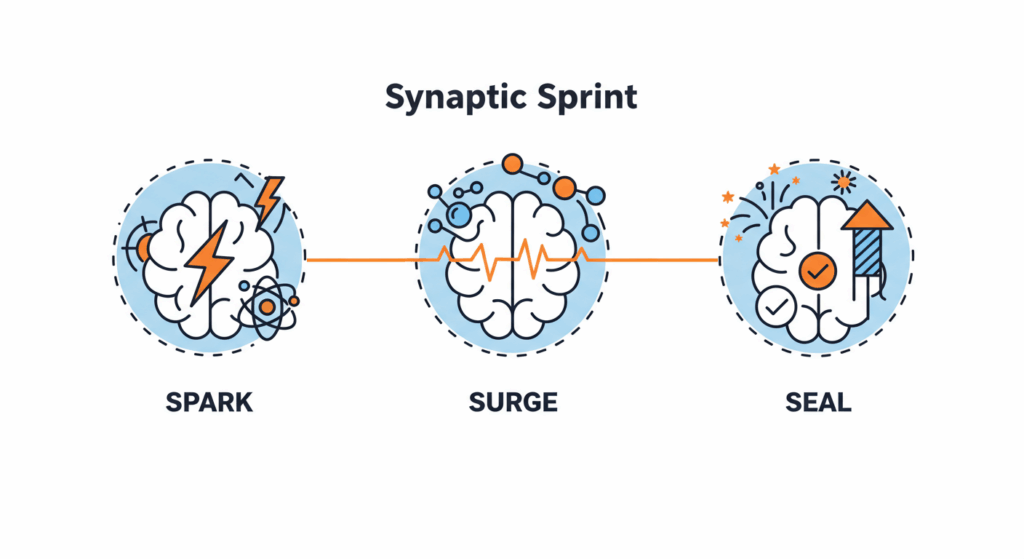
The middle phase, the Surge, is powered by Asymmetric Sequencing.
This isn’t theory. It’s a neurological pattern, and it’s coded into nearly every top-performing channel.
But here’s the twist:
The top YouTubers aren’t just following the Synaptic Sprint intuitively…
They’re engineering it… on purpose.
They’re building each video around a neurological rhythm, one tuned for addiction, because…
Using ASeq to power the YouTube Partnership Program (YPP) is one of the most reliable ways to implement Plan C, i.e. earn a predictable income without office politics and burnout.
And if you want YouTube to pay you like a pro, you need to do EXACTLY what the top performers are doing.
To prove it, I dissected 30 of the biggest YouTube channels: 10 creator-led, 20 faceless.
- 00Days
- 00Hours
- 00Mins
- 00Secs